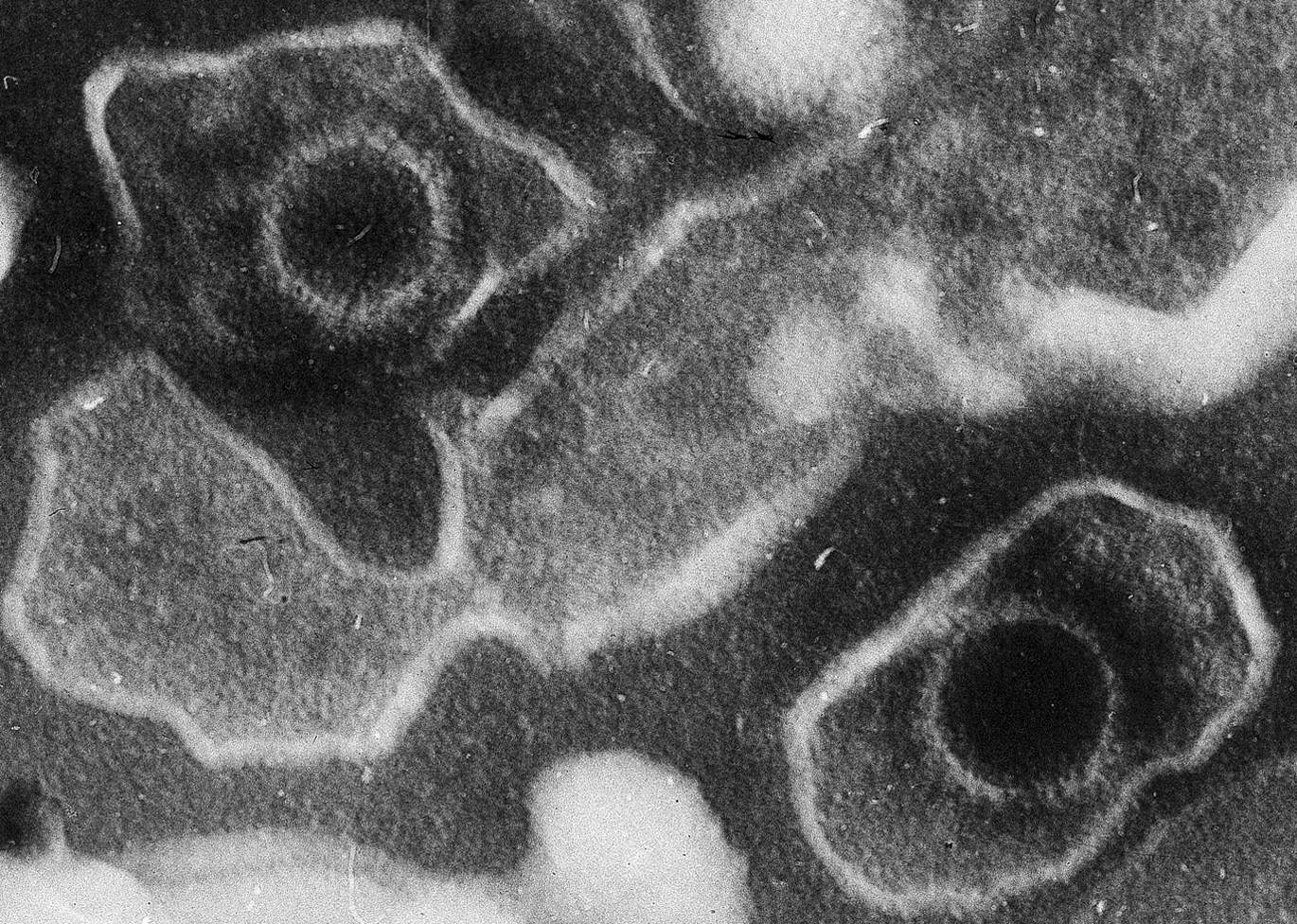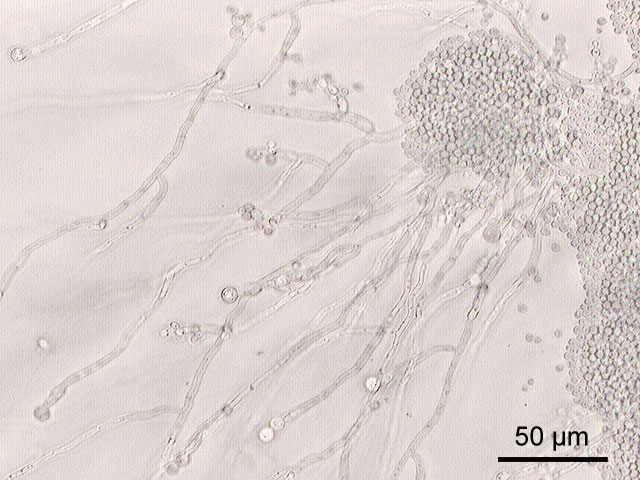Uterine microbiome on:
[Wikipedia]
[Google]
[Amazon]
 The uterine microbiome is the
The uterine microbiome is the

 The organisms listed below have been identified as commensals in the healthy uterus. Some also have the potential for growing to the point of causing disease:
:::
The organisms listed below have been identified as commensals in the healthy uterus. Some also have the potential for growing to the point of causing disease:
:::
 The uterine microbiome is the
The uterine microbiome is the commensal
Commensalism is a long-term biological interaction (symbiosis) in which members of one species gain benefits while those of the other species neither benefit nor are harmed. This is in contrast with mutualism, in which both organisms benefit fro ...
, nonpathogenic, bacteria
Bacteria (; singular: bacterium) are ubiquitous, mostly free-living organisms often consisting of one Cell (biology), biological cell. They constitute a large domain (biology), domain of prokaryotic microorganisms. Typically a few micrometr ...
, viruses, yeasts/fungi present in a healthy uterus
The uterus (from Latin ''uterus'', plural ''uteri'') or womb () is the organ in the reproductive system of most female mammals, including humans that accommodates the embryonic and fetal development of one or more embryos until birth. The ...
, amniotic fluid and endometrium and the specific environment which they inhabit. It has been only recently confirmed that the uterus and its tissues are not sterile. Due to improved 16S rRNA gene sequencing techniques, detection of bacteria that are present in low numbers is possible.
Using this procedure that allows the detection of bacteria that cannot be culture
Culture () is an umbrella term which encompasses the social behavior, institutions, and norms found in human societies, as well as the knowledge, beliefs, arts, laws, customs, capabilities, and habits of the individuals in these groups ...
d outside the body, studies of microbiota present in the uterus are expected to increase.
Uterine microbiome and fertility
Evidence shows that the presence of uterine bacterial 16S rRNA gene amplification is not the result of sampling or analysis error and deserves to be acknowledged. Concept of the sterile endometrium, and the uterine compartment in general, is outdated; although the true core uterine microbiome still needs to be assessed, and may vary across cultural and regional divides. Functional studies are needed to elucidate the physiological importance of the microbiome in fertility. The challenge of studying reproductive immunology and the microbiota involved is that research on all of the different aspects is still in its infancy; the microbiome, immunity, and endocrinology in pregnancy need to be studied both locally and temporally with placental and fetal development to obtain a more comprehensive overview.Characteristics
Bacteria,virus
A virus is a submicroscopic infectious agent that replicates only inside the living cells of an organism. Viruses infect all life forms, from animals and plants to microorganisms, including bacteria and archaea.
Since Dmitri Ivanovsk ...
es and one genus
Genus ( plural genera ) is a taxonomic rank used in the biological classification of living and fossil organisms as well as viruses. In the hierarchy of biological classification, genus comes above species and below family. In binomial nom ...
of yeast
Yeasts are eukaryotic, single-celled microorganisms classified as members of the fungus kingdom. The first yeast originated hundreds of millions of years ago, and at least 1,500 species are currently recognized. They are estimated to constit ...
s are a normal part of the uterus before and during pregnancy
Pregnancy is the time during which one or more offspring develops (gestation, gestates) inside a woman, woman's uterus (womb). A multiple birth, multiple pregnancy involves more than one offspring, such as with twins.
Pregnancy usually occur ...
. The uterus has been found to possess its own characteristic microbiome that differs significantly from the vaginal microbiome, consisting primarily of lactobacillus species, and at far fewer numbers.In addition, the immune system
The immune system is a network of biological processes that protects an organism from diseases. It detects and responds to a wide variety of pathogens, from viruses to parasitic worms, as well as cancer cells and objects such as wood splint ...
is able to differentiate between those bacteria normally found in the uterus and those that are pathogenic. Hormonal
A hormone (from the Greek participle , "setting in motion") is a class of signaling molecules in multicellular organisms that are sent to distant organs by complex biological processes to regulate physiology and behavior. Hormones are required f ...
changes have an effect on the microbiota of the uterus.
Taxa
Commensals
 The organisms listed below have been identified as commensals in the healthy uterus. Some also have the potential for growing to the point of causing disease:
:::
The organisms listed below have been identified as commensals in the healthy uterus. Some also have the potential for growing to the point of causing disease:
:::
Pathogens
Othertaxa
In biology, a taxon (back-formation from ''taxonomy''; plural taxa) is a group of one or more populations of an organism or organisms seen by taxonomists to form a unit. Although neither is required, a taxon is usually known by a particular nam ...
can be present, without causing disease or an immune response. Their presence is associated with negative birth outcomes.
:::
Clinical significance
Prophylactic antibiotics have been injected into the uterus to treat infertility. This has been done before the transfer of embryos with the intent to improve implantation rates. No association exists between successful implantation and antibiotic treatment. Infertility treatments often progress to the point where a microbiological analysis of the uterine microbiota is performed. Preterm birth is associated with certain species of bacteria that are not normally part of the healthy uterine microbiome.Immune response
The immune response becomes more pronounced when bacteria are found that are not commensal.History
Investigations into reproductive-associated microbiomes began around 1885 by Theodor Escherich. He wrote that meconium from the newborn was free of bacteria. There was a general consensus at the time and even recently that the uterus was sterile and this was referred to as the ''sterile womb paradigm.'' Other investigations used sterile diapers for meconium collection. No bacteria were able to be cultured from the samples. Other studies showed that bacteria were detected and were directly proportional to the time between birth and the passage of meconium.Research
Investigations into the role of the uterine microbiome in the development of the infant microbiome are ongoing.See also
* Human microbiome *Human Microbiome Project
The Human Microbiome Project (HMP) was a United States National Institutes of Health (NIH) research initiative to improve understanding of the microbiota involved in human health and disease. Launched in 2007, the first phase (HMP1) focused on ...
* Human virome
The human virome is the total collection of viruses in and on the human body. Viruses in the human body may infect both human cells and other microbes such as bacteria (as with bacteriophages). Some viruses cause disease, while others may be asy ...
* List of antimicrobial peptides in the female reproductive tract
* List of bacterial vaginosis microbiota
* Placental microbiome
The placental microbiome is the Nonpathogenic organisms, nonpathogenic, Commensalism, commensal bacteria claimed to be present in a healthy human placenta and is distinct from bacteria that cause infection and preterm birth in chorioamnionitis. Un ...
* Vaginal epithelium
* Vaginal flora in pregnancy
References and notes
{{Microbiota Bacteriology Bacteria Uterus Microbiology Gynaecology Microbiomes Reproduction Fertility Women's health